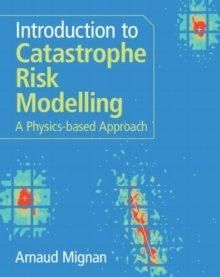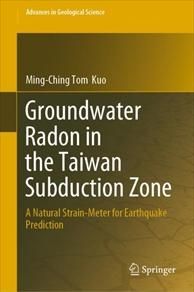Application of High-Performance Computing to Earthquake-Related Problems
◆World Scientific 年末セール開催中!:2025年12月21日(日)ご注文分まで
※上記表示の販売価格は割引適用後の価格です 出版済み 3-5週間でお届けいたします。 Title: Application of High-Performance Computing to Earthquake-Related Problems Author: Hori, Muneo (ed.) Publisher: World Scientific ISBN: 9781800614628 Cover: HARDCOVER Date: 2024年07月 こちらの商品は学校・法人様向け(機関契約)のオンラインブック版がございます。 オンラインブックの価格、納期につきましては弊社営業員または当ECサイトよりお問い合わせください。  DESCRIPTION With the continued improvements in computing power and digital information availability, we are witnessing the increasing use of high-performance computers to enhance simulations for the forecasting of hazards, disasters, and responses. This major reference work summarizes the theories, analysis methods, and computational results of various earthquake simulations by the use of supercomputers. It covers simulations in the fields of seismology, physical geology, earthquake engineering - specifically the seismic response of structures - and the socioeconomic impact of post-earthquake recovery on cities and societies. Individual chapters address phenomena such as earthquake cycles and plate boundary behavior, tsunamis, structural response to strong ground motion, and post-disaster traffic flow and economic activity. The methods used for these simulations include finite element methods, discrete element methods, smoothed particle hydrodynamics, and multi-agent models, among others. The simulations included in this book provide an effective bird's-eye view of cutting-edge simulations enhanced with high-performance computing for earthquake occurrence, earthquake damage, and recovery from the damage, combining three of the major fields of earthquake studies: earth science, earthquake engineering, and disaster-mitigation-related social science. The book is suitable for advanced undergraduates, graduates, and researchers in these fields. TABLE OF CONTENTS Chapter 1: Earthquake Generation Cycle and Crust Deformation in Subduction Zones Takane Hori and Ryoichiro Agata Chapter 2: Large-Scale Simulation of the Discrete Element Method to Analyze Multi-Scale Granular Dynamics in the Practical Geoscience Applications Mikito Furuichi and Daisuke Nishiura Chapter 3: Multi-Scale Tsunami Simulation with High-Fidelity Modeling and Visualization Mitsuteru Asai and Nur’Ain binti Idris Chapter 4: Seismic Structural Response Analysis for Extremely Strong Ground Motion Using Parallel Finite Element Method Hideaki Sonobe, Shunichi Suzuki, Wataru Hotta, Hiroki Motoyama, and Muneo Hori Chapter 5: Earthquake Simulation on Unstructured Finite Elements Enhanced by High-Performance Computing Kohei Fujita and Tsuyoshi Ichimura Chapter 6: Large-Scale Finite Element Simulation of Surface Faulting Masataka Sawada, Kazumoto Haba, and Muneo Hori Chapter 7: Traffic Flow Simulator and Travel Demand Simulators for Assessing Congestion on Roads After a Major Earthquake Takamasa Iryo, Junji Urata, and Riki Kawase Chapter 8: Dynamic Programming of Firms’ Activities and Market Interactions After a Disaster Muneta Yokomatsu and Muneo Hori Chapter 9: Toward the 1:1 Scale Agent-Based Simulation of Post-Disaster Economies Amit Gill, Maddegedara Lalith, Sebastian Poledna, and Muneo Hori Chapter 10: Study on Improved and Advanced Urban Information Data for Implementation into Social Science Simulations of Earthquakes Yoshiki Ogawa and Yoshihide Sekimoto 最近チェックした商品

|
||||||||||||||||||||||||||||||||||||||||||||||||


























